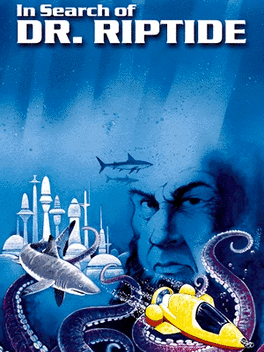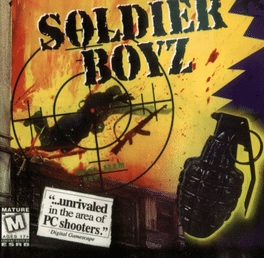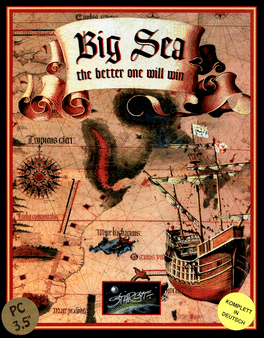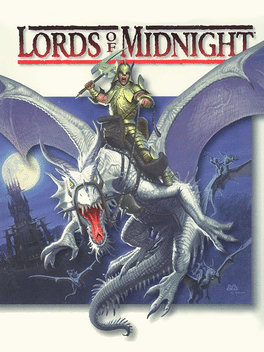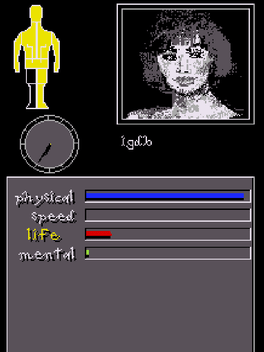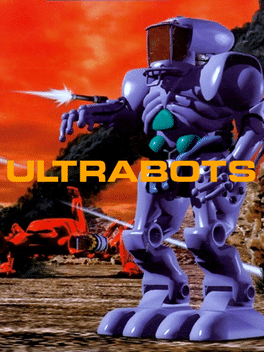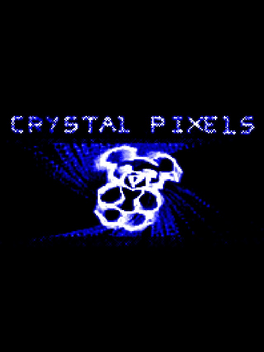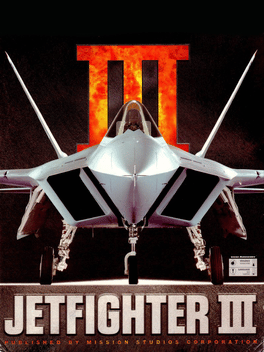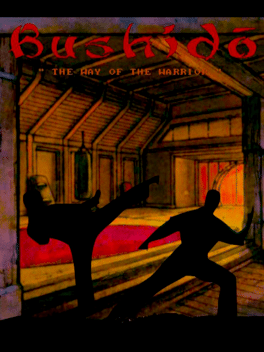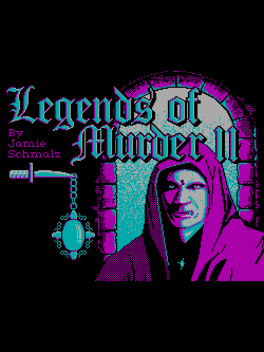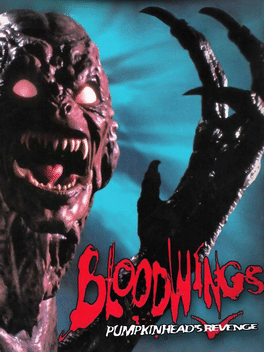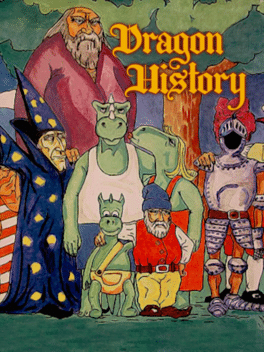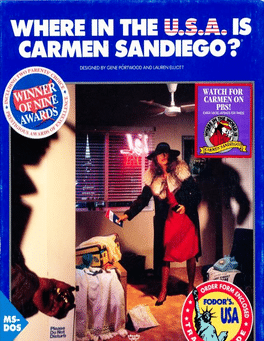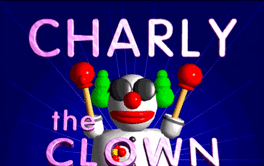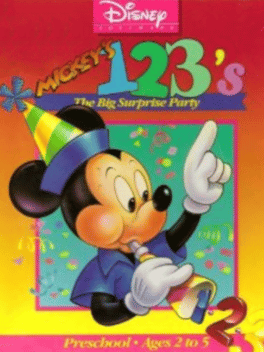Most Popular Dos Games - Page 50
-
Fuck Quest 2: Romancing the Bone
2004
Play the role of Richard, who hasn't had some action for the past two years! After watching some eventful TV, the over-ambitious hero decides to go to New York and try to score with a cast member of a popular TV series. Help Richard obtain his goal! Gameplay is still similar with its predecessor and other early Sierra text-based adventures. Type in 'verbs' to activate actions to progress in the game, especially when it comes to female subjects. Fuck Quest 2 was created using the Adventure Game Interpreter (AGI) engine. -
Soldier Boyz
1997
Soldier Boyz
1997
The "HBO exclusive" movie, Soldier Boyz, was converted into this interactive, full motion video shooter for the PC which tests your hand-eye coordination, quick reflexes and memory of the events that transpire on-screen. A United Nations airplane flying over the jungles Vietnam is shot down. Vietnamese terrorist, Vinh Moc, kidnaps Gabrielle Prescott, the daughter of an American billionaire, who was aboard that plane. Prescott seeks out and hires Major Howard Toliver, an ex-Marine and highly decorated veteran of Vietnam, to gather a team and rescue his daughter. Toliver, who now works as a counsellor in a Los Angeles prison, recruits six men to form his team - all prison inmates who are serving life sentences. The game begins as the well-armed group lands in Vietnamese territory and makes their way through the jungles to find the captive Gabrielle. The story moves along by way of interactive video cut scenes in which you must decide whether to talk or shoot. The majority of them require a "shoot first and ask ques -
Big Sea: The Better One Will Win
1994
Management simulation about production, trading and conquest set in a fantasy world with dragons and wizards. -
Defender of Boston: The Rock Island Mystery
1992
You play the role of a private investigator in 1921. -
Ultrabots
1993
-
Crystal Pixels
2003
Crystal Pixels
2003
Crystal Pixels is a first-person exploration game in which players are asked to pilot The Fly as they explore an open-ended universe and visit foreign planets. -
Jetfighter III
1997
Jetfighter III
1997
The Jetfighter series returns once again, albeit this time it is released by Mission Studios, a spin-off from Velocity, the original developers of this franchise. While once again the battle is against a drug lord, it takes place over South America instead of the U.S. West Coast as in its predecessors. The campaign is structure similar to Strike Commander/Wing Commander, where the scripted missions are linked by a intricate story. The player is a pilot aboard an aircraft carrier, and can move around various places about the ship between each mission. Jetfighter III features terrain generated from satellite data, with geographically correct cities, roads, and airports. Flyable jets include the F/A-18 and the naval F-22N. A later patch allowed for 3DFX support. -
Bushido: The Way of the Warrior
1983
Bushido: The Way of The Warrior is a martial arts side view PC DOS game made in 1983. It could very well be considered the first of all later-day 2D fighting games. -
Legends of Murder II: Grey Haven
1991
This is the second adventure in which the player takes on the role of the Inspector, a crime-solving fighter/mage. This time around, an apprentice at a school of wizardry has been murdered, and the player must investigate and find the culprit. The player must move around a rather tiny map of his or her surroundings, searching for clues, talking to other characters and occasionally fighting enemies through a menu-based combat system. There are items to collect and equip, experience points to gain, spells to cast and, of course, a crime to solve. -
Iron Blood
1995
Iron Blood
1995
Iron Blood is an arcade-style action game where the player controls one of two mechs, fighting against the criminal organisation Memento Mori. Piloting the heavily-armored RG-104 Cyber-Troll or the nimble SG-43 Ripple, the game varies between side-scrolling action and auto-scrolling shoot'em up stages. -
Bloodwings: Pumpkinhead's Revenge
1995
The tormented spirit of Pumpkinhead has been let loose to seek vengeance among the living. In this fast-paced, splatter-packed adventure you are the Keeper of Spirits. End Pumpkinhead's reign of terror... if you dare! Kill monsters, unlock puzzles, save souls and solve the mystery of Pumpkinhead's true origin. Only you can stop the slaughter! -
Dragon History
1995
-
Where in the USA is Carmen Sandiego? (Enhanced)
Enhanced version of the original game "Where in the USA is Carmen Sandiego?". -
Charly the Clown
1996
-
Mickey's 123's: The Big Surprise Party
A educational game staring Mickey Mouse designed to teach the player numbers and counting. It was for the PC on MS DOS.
